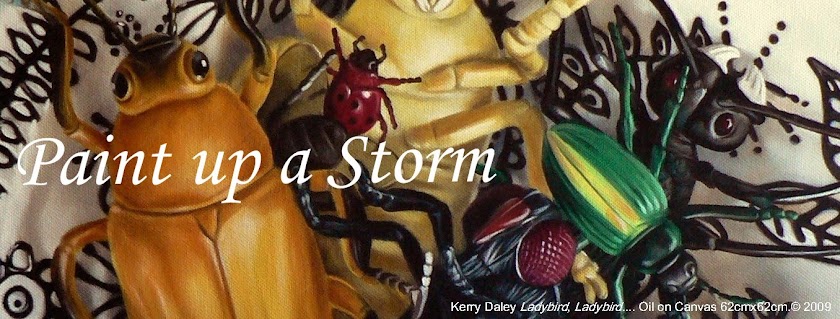On Day 1, we considered our own art work and our sketchbooks in particular, as a possible source of ideas.
On Day 2, we looked at how the work of other artists can help us generate ideas for our own work.
Each of us has a unique approach to finding ideas and turning those ideas into paintings, drawings, sculptures or other creative works. There is no magic formula, ideas come from everywhere. As creative people, we need to be ready to jot down any new idea that comes to us by having a notebook or sketchbook on hand.
Be intuitive – when something feels right – when it feels like a good idea – it probably is. Make a note, take a photo, do a quick thumbnail - don't let it go.
Ideas come from the world around us
There are as many ideas as there are things to look at. Artists are inspired by things that they see in the world around them.
Nature: landscapes, plants, stones, bones, seeds, shells, seascapes.Countless artists look to nature for ideas like Constable, Turner, and Monet.
People: faces, groups, relationships, old people, children. Chuck Close, Lucien Freud, Ron Meurck, Carravagio, Rubens, Adolphe-William Bouguereau, Henry Moore all have people as their subject matter.
Animals: ideas for paintings can come from wild animals, pets, farm animals, insects, fish, etc.
The Lascaux Cave paintings, Rosa Bonheur and George Stubbs are examples.
Objects: still life groupings, fruit, food, bottles, cups, cakes, flowers. Wayne Thiebaud, Cezanne, Juan Sanchez Cotan, Audrey Flack, are artists who have grouped objects to paint.
Man-made objects: buildings, interiors, mechanical objects, gadgets, clothes, jewellery, cars and vehicles Richard Estes, Claes Oldenburg, are examples.
Ideas come from our interior world
Our thoughts, feelings and emotions, intellectual ideas, imagination and sometimes moods are a rich source of ideas and subject matter.
Artist who look inside of themselves for ideas, include Heironymus Bosch, Paul Klee, the Abstract Expressionists such as Jackson Pollock and Mark Rothko, Surrealists like Max Ernst and Salvador Dali, (who described his paintings as “hand painted dream photographs”), William Blake, Arthur Boyd, Wassily Kandinsky, to name just a few.Animals: ideas for paintings can come from wild animals, pets, farm animals, insects, fish, etc.
The Lascaux Cave paintings, Rosa Bonheur and George Stubbs are examples.
Objects: still life groupings, fruit, food, bottles, cups, cakes, flowers. Wayne Thiebaud, Cezanne, Juan Sanchez Cotan, Audrey Flack, are artists who have grouped objects to paint.
Man-made objects: buildings, interiors, mechanical objects, gadgets, clothes, jewellery, cars and vehicles Richard Estes, Claes Oldenburg, are examples.
Our thoughts, feelings and emotions, intellectual ideas, imagination and sometimes moods are a rich source of ideas and subject matter.
Ideas are everywhere - cultivate an open mind alert to the possibility of ideas in all environments and situations.
4 Foolproof ways to capture that idea
1. Make a note. Write down everything that comes to you as you think of it. Be as detailed as the situation allows. If you are too brief or cryptic, it may not jog your memory as you hoped when you come back to it in a few days. Make your note legible!
2. Take a photo. Take photos of the things that excite you visually when you are out and about. The photos may not become paintings, but they may give you ideas for backgrounds, moods, colours or compositions.
3. Do a quick thumbnail sketch. A tiny sketch should be sufficient, but if you are worried about details, take notes too.
4. Collect things. Postcards, pictures, clippings, ticket stubs, coins, stones, feathers, shells, bottle tops, cash slips, coasters, etc, can all become ideas for work or can be incorporated into the work. They are also great reminders of mood, conversations and places.
“Ideas come when we do not expect them, and not when we are brooding and searching at our desks. Yet ideas would certainly not come to mind had we not brooded at our desks and searched for answers with passionate devotion."
Max Weber

No comments:
Post a Comment